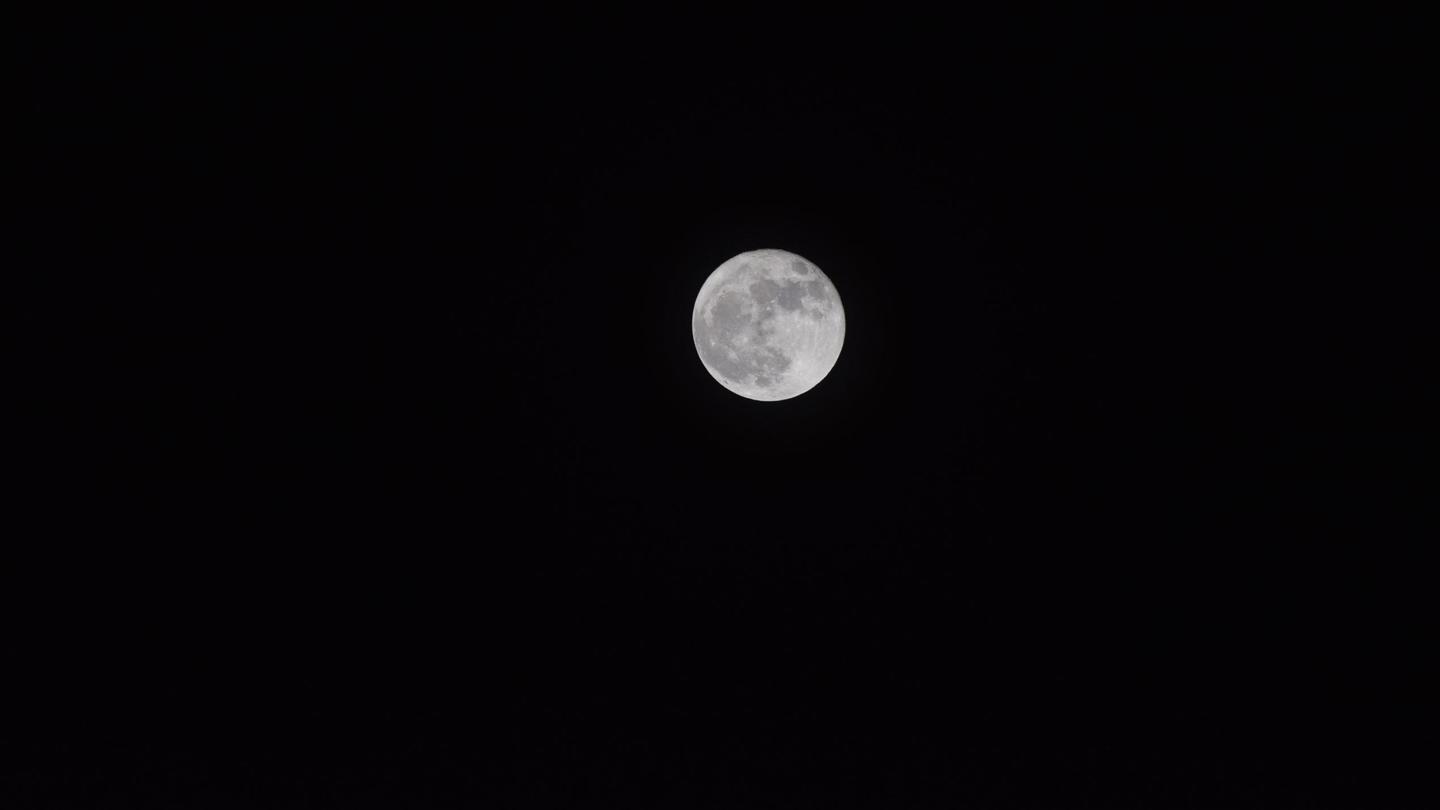
China now has an 'artificial moon' to mimic lunar environment
What's the story
Scientists in China have built an artificial moon facility that will enable them to simulate lunar conditions and environment.
The facility, about two feet or 60 centimeters in diameter, will neutralize the effect of gravity, paving way for the testing of new technologies and missions.
It is located in the city of Xuzhou in Jiangsu province, and will be officially launched later this year.
Details
It maintains low-gravity conditions for long periods
Li Ruilin, a geotechnical engineer at the China University of Mining and Technology, described the chamber as the "first of its kind in the world."
The facility could maintain low-gravity conditions for prolonged periods of time.
Experiments "such as creep testing, can take several days," Ruilin told South China Morning Post.
It will be filled with rocks and dust to mimic the lunar surface.
Idea
What inspired researchers for the project?
Researchers said they drew inspiration for the chamber from Andre Geim, a physicist at the University of Manchester in the United Kingdom.
Geim was awarded the satirical Ig Nobel Prize in 2000 for an experiment that made a frog float with a magnet.
"There's a variety of situations where mimicking microgravity by magnetic fields could be invaluable to expect the unexpected in space research."
Information
China already made an 'artificial Sun'
It is worth mentioning that China has already developed an "artificial Sun." It is capable of replicating the nuclear fusion process, that occurs in the Sun, in order to provide near-unlimited clean energy. It recently produced temperatures five times hotter than the Sun.
Future
China's plans for the future
Notably, the tests conducted in China's artificial moon will help its lunar exploration program Chang'e.
The project includes Chang'e 4, which had landed a rover on the moon in 2019.
Its successor, Chang'e 5 was responsible for retrieving rock samples from the moon's surface in 2020.
China also aims to establish a lunar research station on the moon by 2029.